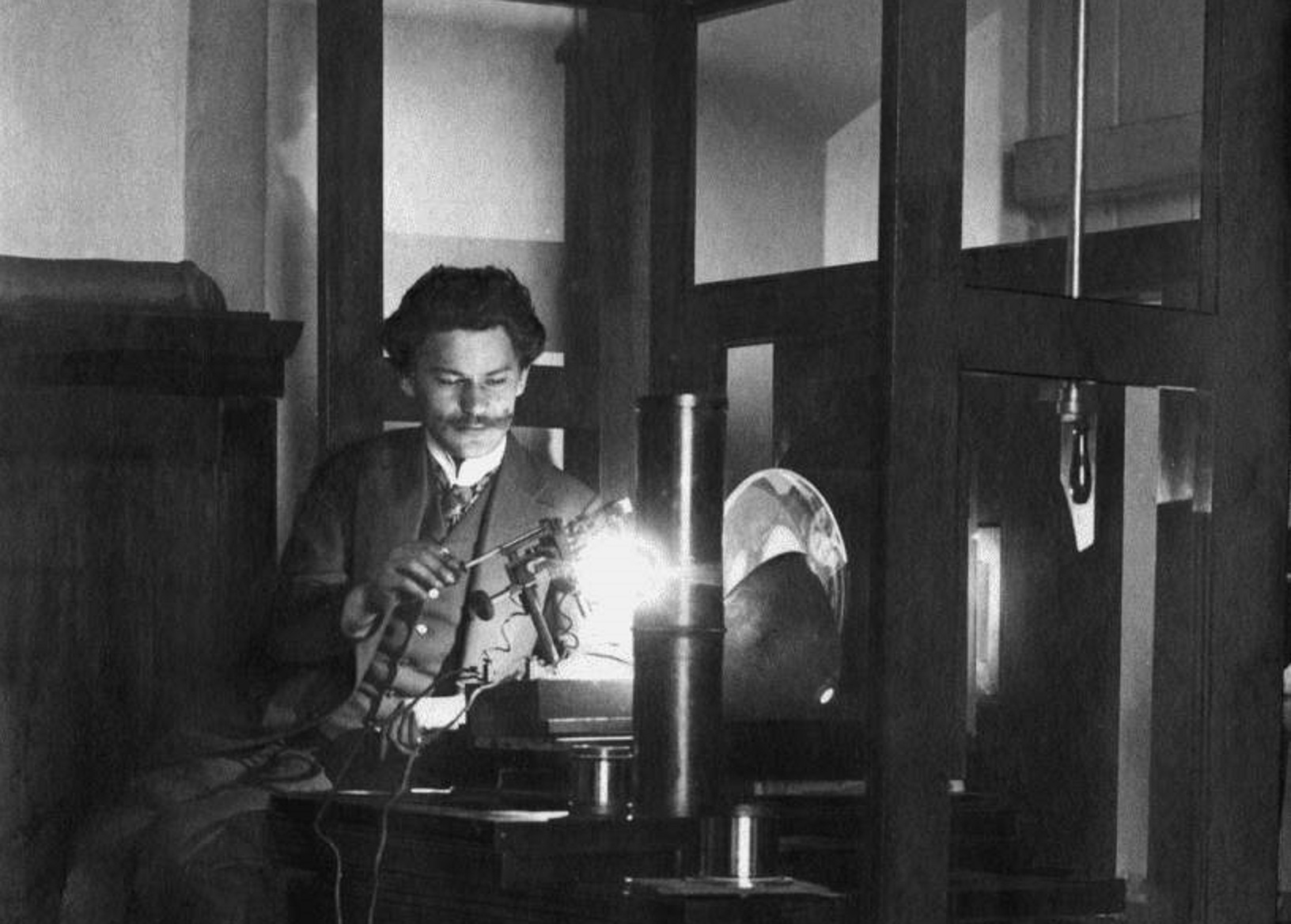A few days ago, on 25 January, Wilno celebrated its round 700th anniversary. This is undoubtedly an important celebration for Lithuania, but it is also no less of a cause for celebration for Poland. For many years, Wilno has been one of the most important cities and has left an extremely important mark that is still visible today.
25 January 1323 – it is on this date that the first historical mention of Wilno in written sources is dated. Exactly on that day, Lithuanian Grand Duke Gediminas sent a letter to the citizens of Lübeck, Bremen, Magdeburg, Cologne and other cities inviting knights, merchants and craftsmen to settle in the Grand Duchy of Lithuania. Shortly before, he moved his headquarters to this city. Seven years later, Wilno received its coat of arms, depicting St. Krzysztof, the patron saint of the Lithuanian capital.
In 2023 the 700th anniversary of the city is celebrated not only by Lithuania, but also by the whole world – the holiday has been placed under the patronage of UNESCO and is among its most important anniversary dates for the coming years. It is a special celebration for Poland as well. For years, Wilno has occupied an extremely important place on the political, social and cultural map of the country on the Vistula River – from 1569, as the capital of the Grand Duchy of Lithuania, it became part of the Polish-Lithuanian Commonwealth, consolidating the link between the two countries united by union.
Although the collapse of the Polish state changed this, the link between the city and Poland proved stronger than the invaders’ plans. After the end of the First World War and after a short period of disputes over the city’s belonging, Wilno found itself within the borders of the Second Polish Republic, being one of its most important cultural centres. Although as a result of World War II and the agreements of the victorious powers, Wilno found itself outside the Polish borders, the spirit of Polishness never died in it.
Today, Wilno and Poland are linked not only by sentiment, but also by a common history: a long-standing union – an unusually advanced and innovative alliance for its time, functioning despite national differences and set as a model in Europe at the time. It is also the history of many outstanding personalities – such as Adam Mickiewicz, Juliusz Słowacki, Piotr Skarga, Emilia Plater, Stanisław Moniuszko and many others who enrich both the Polish and the Lithuanian pantheon of national heroes. Finally, it is a history of shared values.
Although today Poles make up only about 15 per cent of the population in Wilno, the city remains to this day an important and inseparable symbol of Polish culture and history.





